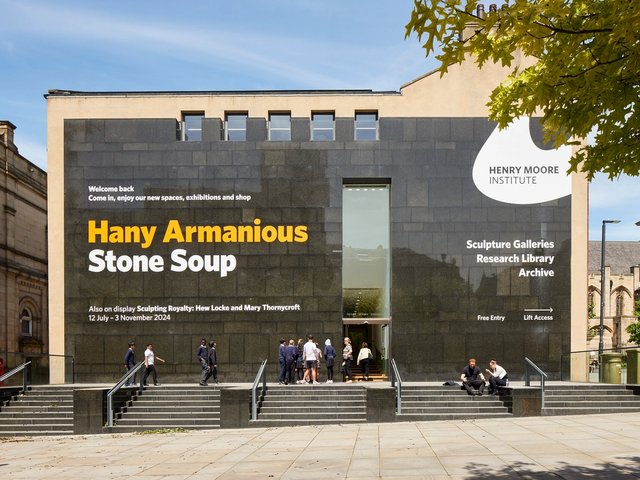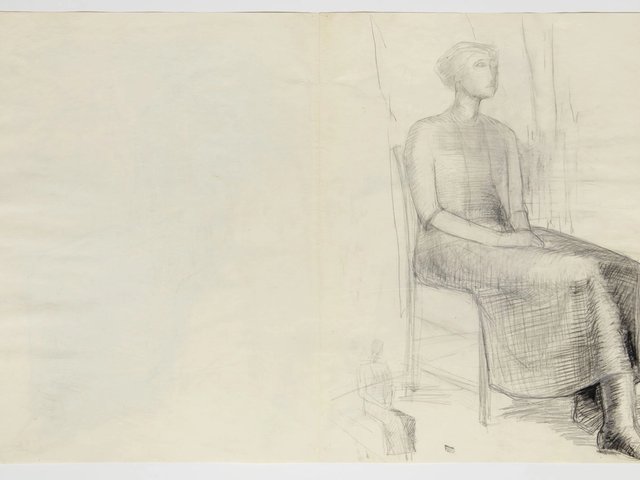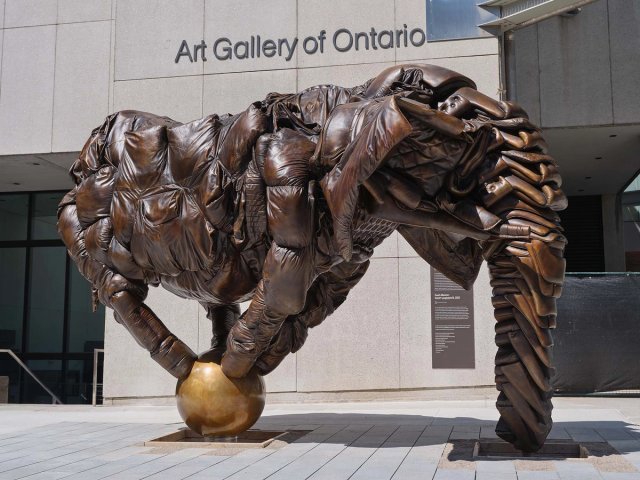The legendary British sculptor Henry Moore has quite the history across the Atlantic, notably in Toronto, and the city is about to celebrate Henry Moore Day on 13 November. The celebration coincides with the 50th anniversary of the Art Gallery of Ontario’s (AGO) Henry Moore Sculpture Centre, home to the largest public collection of his art in the world.
Moore, the son of a coal miner, had already made his mark in Toronto eight years before the centre’s launch, in late October 1966, when his bronze sculpture Three Way Piece No.2: Archer (1966)—better known to Torontonians simply as “The Archer”—was unveiled to considerable fanfare at Toronto City Hall. Some did not appreciate it initially and its C$100,000 price tag—nearly C$1m in 2024 dollars—may have cost mayor Philip Givens his job in the municipal election held just over a month later.
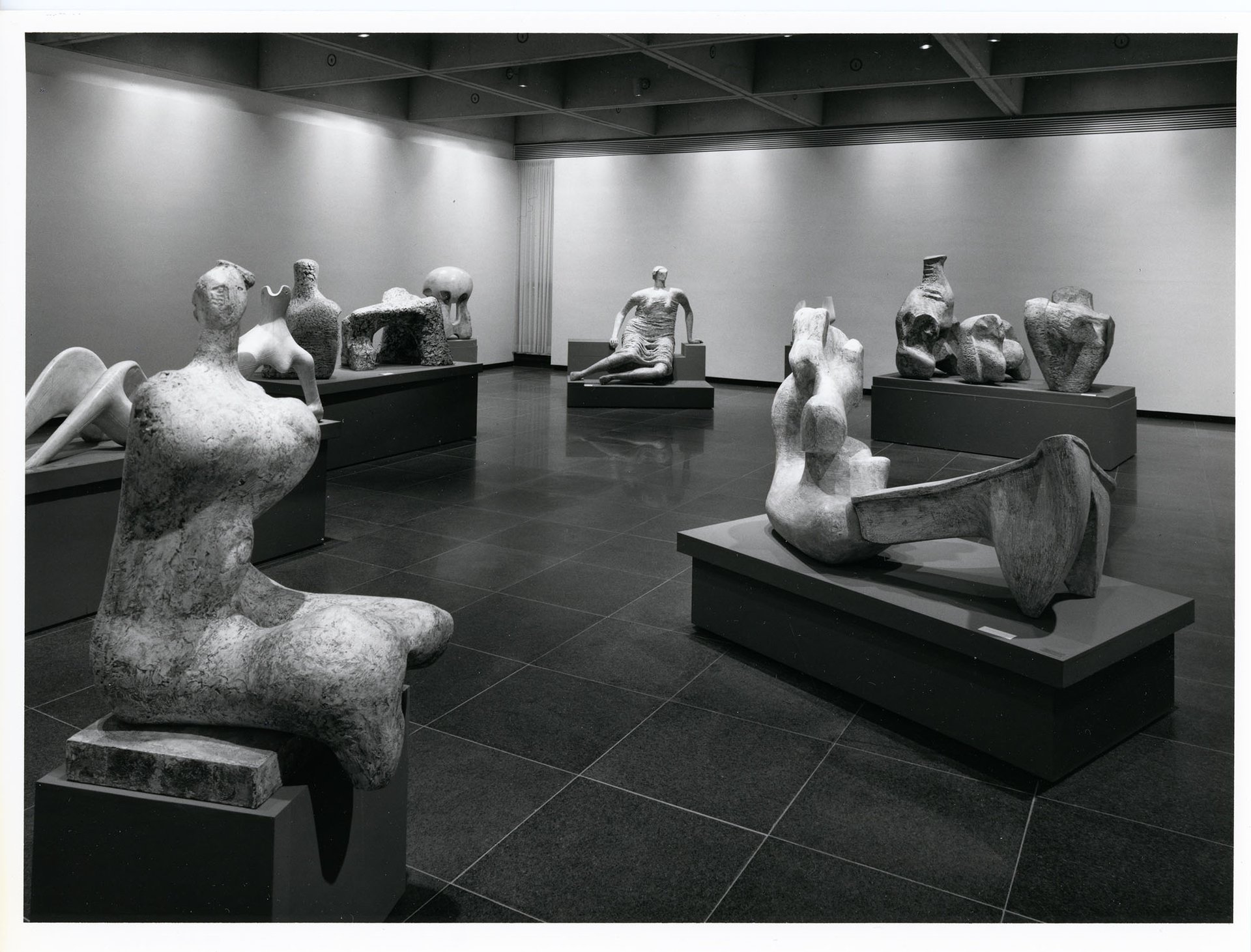
The Henry Moore Sculpture Centre at the Art Gallery of Ontario in the 1970s. AGO Photographic Collection. Edward P. Taylor Library & Archives, Art Gallery of Ontario. Photo # 1824. Reproduced by permission of The Henry Moore Foundation / © The Henry Moore Foundation. Photo: AGO
To put that C$100,000 fee into perspective, Canada’s highest-paid professional hockey players were taking home about a third of that in 1966. Private funding eventually won the day, and Moore even did a little compromising on the price.
The AGO’s centre devoted to Moore opened in the late autumn of 1974, with the artist donating 101 sculptures, 57 drawings and 150 prints to the museum. The artist, then in his mid-seventies, was on hand for the centre’s installation, which former curator Alan G. Wilkinson described as “a game of musical Moores”. The AGO now claims to have around 950 objects in all in its Henry Moore Sculpture Centre, which appear on a rotating basis.
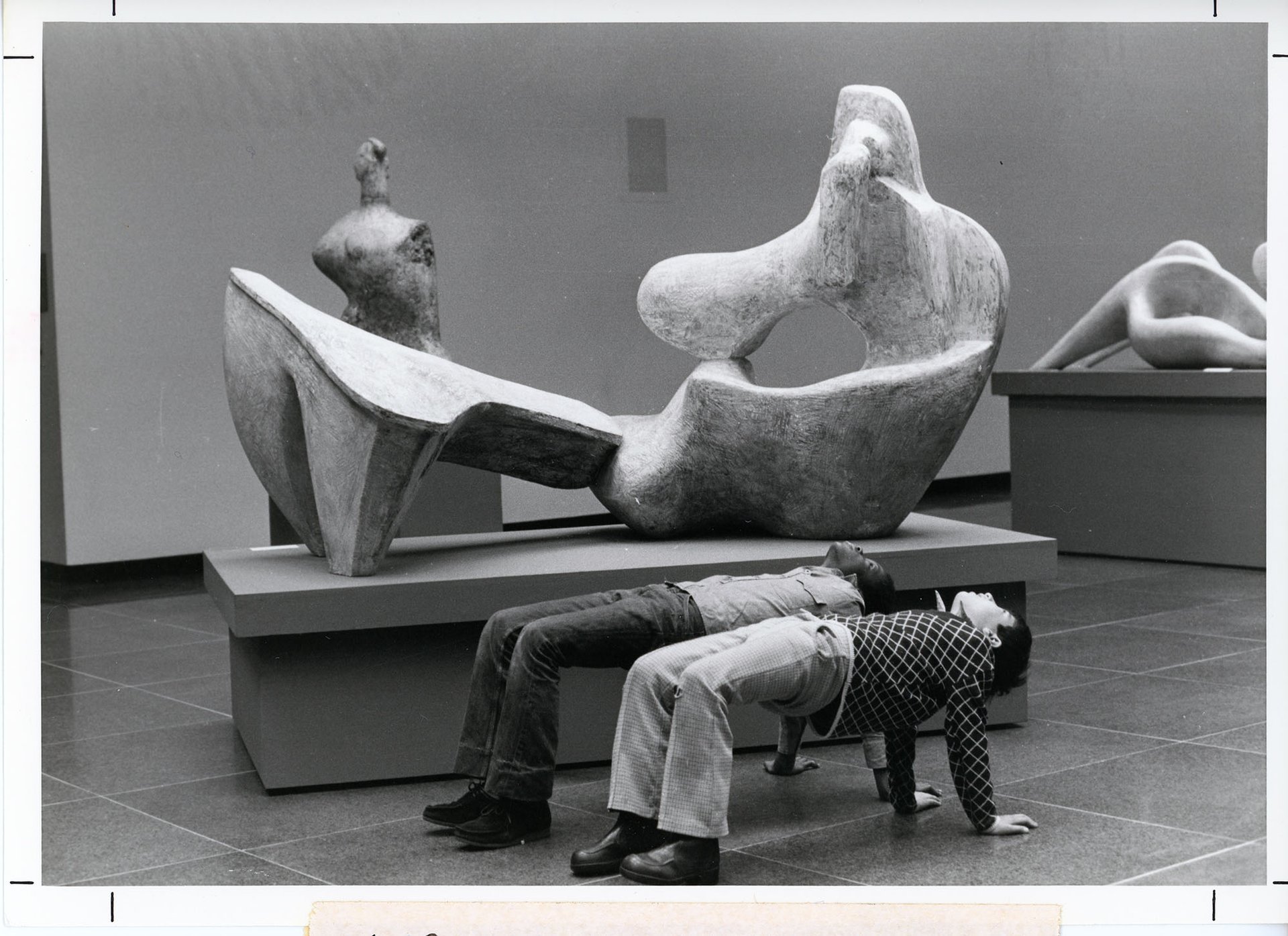
Upper Thames Elementary School Visit to the Henry Moore Sculpture Centre, 23 June 1978. AGO Photographic Collection. Edward P. Taylor Library & Archives, Art Gallery of Ontario. Photo # 10721. Reproduced by permission of The Henry Moore Foundation / © The Henry Moore Foundation. Photo: AGO
“Henry Moore’s deep commitment to direct carving, his close observation of the natural world and forms that invite multiple points of view have made him among the most significant sculptors in the Western tradition,” says Adam Welch, the AGO’s associate curator of modern art. “While his bronze sculptures are known the world over, here in one light-filled space, visitors, artists and students can explore many facets of his artistic output.”
Godfrey Worsdale, director of the Henry Moore Foundation, adds: “The centre has become a cherished space for visitors from Toronto and around the world to encounter Moore’s powerful and evolving vision.”
Welch and the Moore Foundation’s sculpture conservator, James Copper, will give a talk at the AGO at 7pm on Henry Moore Day.
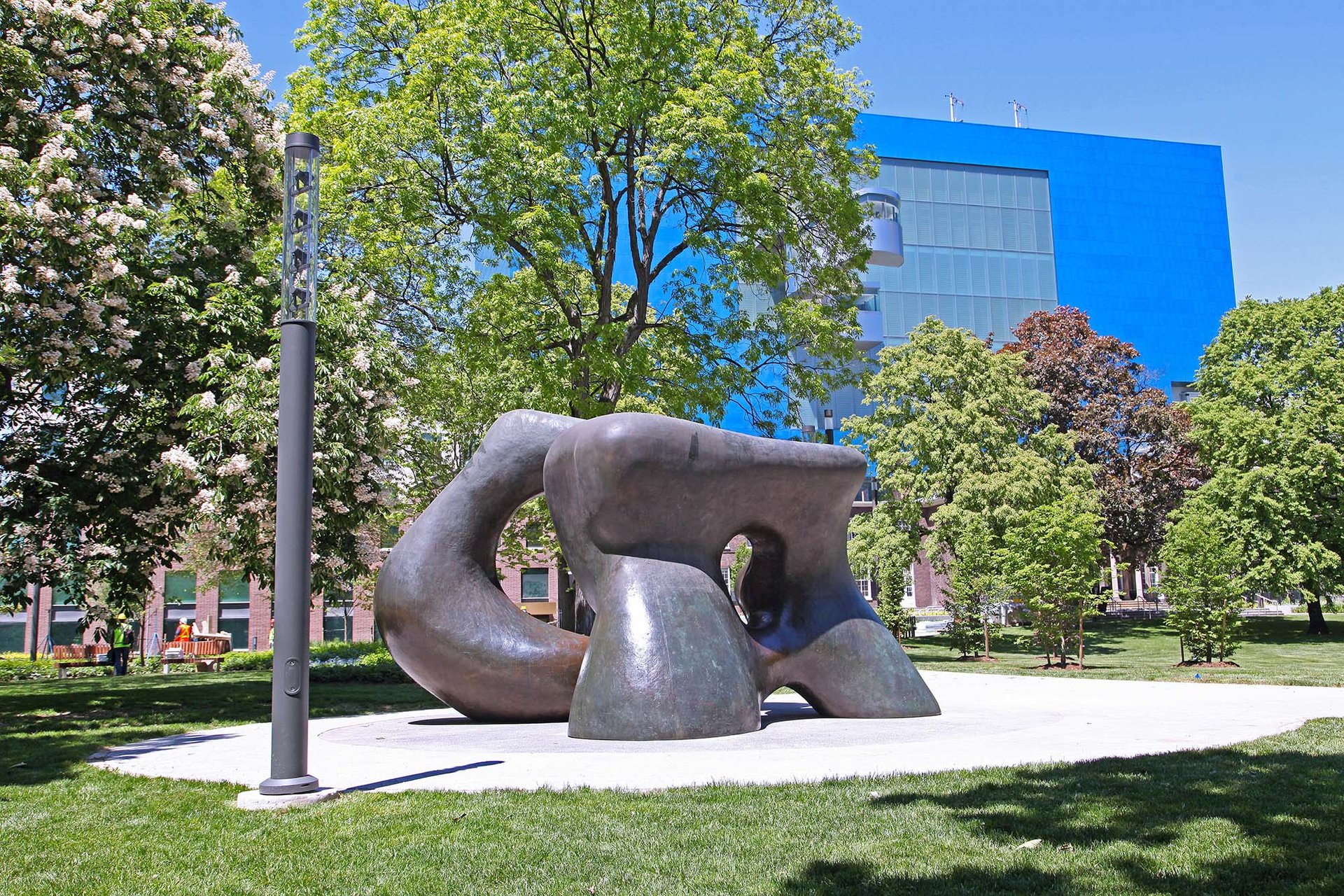
Exterior view of the Art Gallery of Ontario's rear façade from Grange Park, with Henry Moore's Large Two Forms (1966-69) in the foreground Artwork © 2021 The Henry Moore Foundation. Image © Art Gallery of Ontario
Moore’s sizable sculpture Large Two Forms (1966-69), previously on show outside the AGO’s eastern side, was relocated in 2017 to a park behind the gallery. (Its former location now features Brian Jungen’s Couch Monster, which was installed in 2022.)




